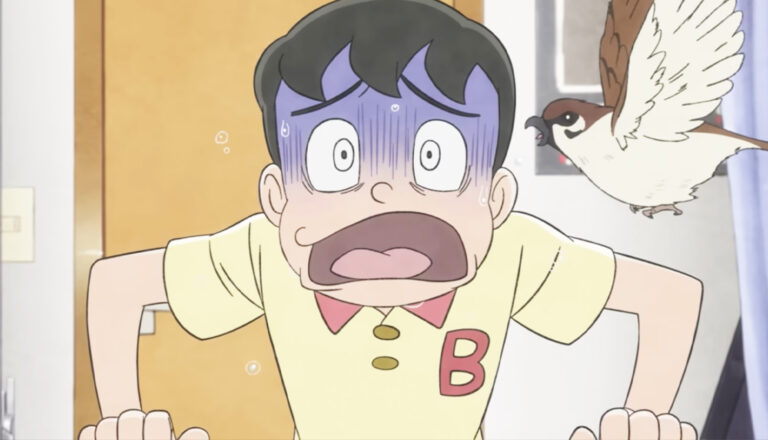
T • P Bon
Bon Namihira travels into the past to save innocent lives. But potential viewers won’t travel far before they encounter the show’s violence and profanity.
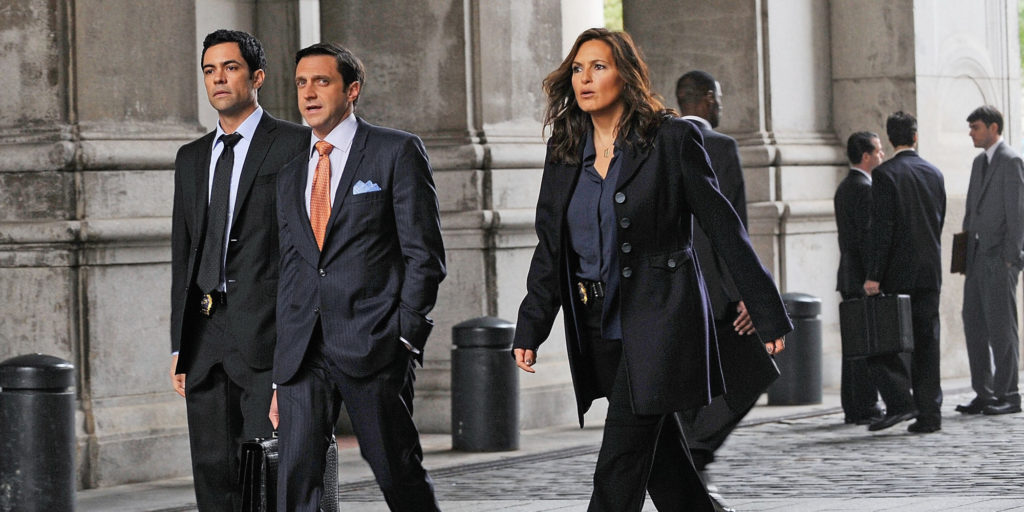
At times, it seems as though this long-running program might’ve started in television’s earliest days, airing alongside the likes of Dragnet.
In reality, this Dick Wolf-created crime/legal drama has been around only since 1990. It’s survived that long by relying on a set, “ripped-from-the-headlines” formula that’s proved to be amazingly popular: Its makers take a real-life news story and fictionalize it for their own ends, exploring complex characters and issues both on the streets and in the courtroom.
The first part of each episode is generally a crime procedural, filled with the tension (and sometimes problematic content) inherent to the genre. In the second half hour the drama switches to the courtroom and becomes a rapid-fire legal drama.
Law & Order’s problems or praiseworthiness depend almost entirely on the story that’s picked for a given episode. Viewers can expect to be subjected to some language and violence, along with deeply uncomfortable discussions about sexuality during certain episodes.
”
Dignity
“
Earlier this year, a late-term abortion provider in Kansas was shot and killed in his church in Wichita. Fast-forward a few months, and it was almost inevitable that Law & Order would take on the case.
The episode begins exactly the same way the real-life story did, with a man shooting and killing a late-term abortion provider in church. We immediately see the bloody bullet hole in the man’s forehead. And early dialogue hints at a sensationalistic, stereotypical trajectory. But as the hour inches along, characters begin to explore the subject of abortion with surprising depth and sensitivity.
The shooter’s lawyer (who works for a pro-life group that vocally disapproves of violent means to an end) builds his defense around the argument that the killer knew the doctor was scheduled to perform an abortion on a child who has a damaging but not life-threatening skin disorder. Thus, it’s stated, the act was designed to save the life of a particular child.
What follows is, to say the least, emotionally gripping. Three women tell the stories of their pregnancies: One chose to give birth to a child she knew had a terminal birth defect. And she tearfully talks about the dignity of her daughter’s short life and the privilege of being able to care for her during her short stay on earth.
Another woman relates the tale of a botched abortion which resulted in her baby being delivered alive and viable, only to be put to death by the doctor at her request. The third woman is the one whose baby has the skin condition. And during the course of the trial, the child is born and shown to be otherwise healthy.
Along the way, police officers and attorneys grapple with their personal positions (while rightly arguing that the murder was in no way morally justifiable).
A trio of representative quotes from the dialogue say a lot about the episode’s tone:
“An unborn life is a life and soul to me.”
“I grew up thinking Roe v. Wade was gospel and that a woman’s right to privacy was inviolate. But after hearing that woman on the stand talk about her baby dying in her arms, I don’t know. I don’t know where privacy ends and another person’s dignity begins.”
“In its day, Roe v. Wade conformed to what we knew about human life and science. Contraception was limited. Most birth defects were untreatable. Thirty-five years later, birth defects can be corrected. Disabled children are protected by a bill of rights. Contraception of every kind is available. [But] cats and dogs have more rights than the unborn. Roe v. Wade wasn’t written in stone. It could stand another look.”
Advocates of the pro-life position often get reduced to fanatical, one-dimensional stereotypes on TV and the big screen. The opposite tends to be true as well: The pro-choice stance is assumed to be the “correct” one. Law & Order doesn’t do that here. Without condescension, it honestly represents the pro-life arguments and convictions with nuance and respect.


After serving as an associate editor at NavPress’ Discipleship Journal and consulting editor for Current Thoughts and Trends, Adam now oversees the editing and publishing of Plugged In’s reviews as the site’s director. He and his wife, Jennifer, have three children. In their free time, the Holzes enjoy playing games, a variety of musical instruments, swimming and … watching movies.

Bon Namihira travels into the past to save innocent lives. But potential viewers won’t travel far before they encounter the show’s violence and profanity.
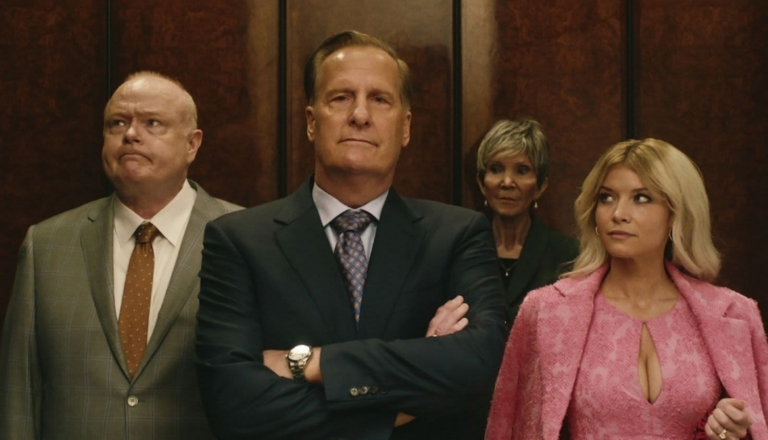
Talent and intrigue ultimately can’t cloak the truth about this vulgar, crass and graphic drama on Netflix.
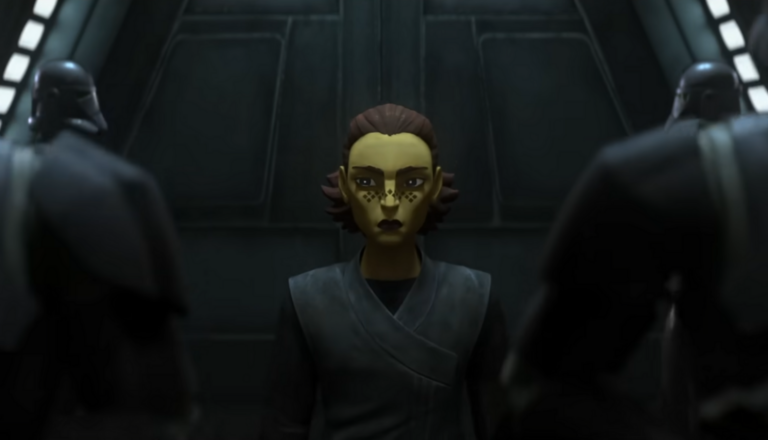
Tales of the Empire is typical Star Wars fare. But in its exploration of what drives folk to the Dark Side, it can get a bit…darker.
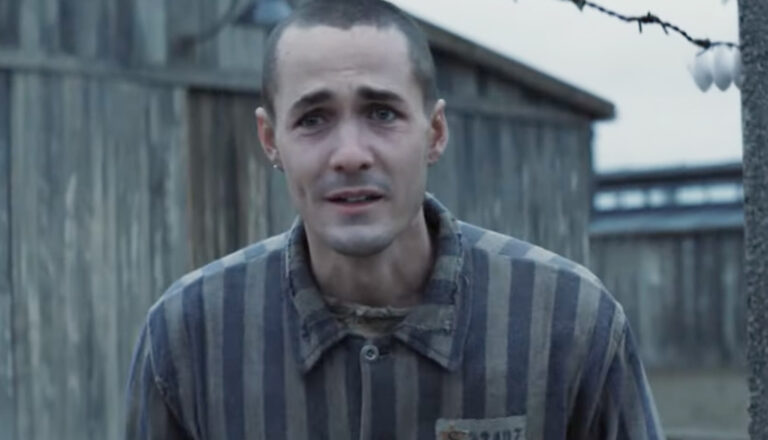
The Tattooist of Auschwitz is a little like its titular character. It’s painful. It gets under your skin. And it just might leave a mark.